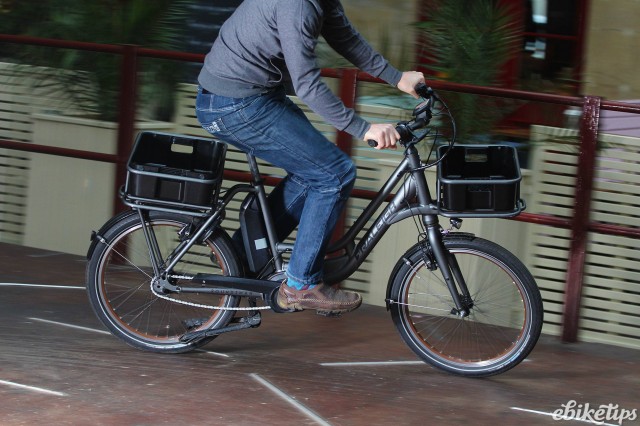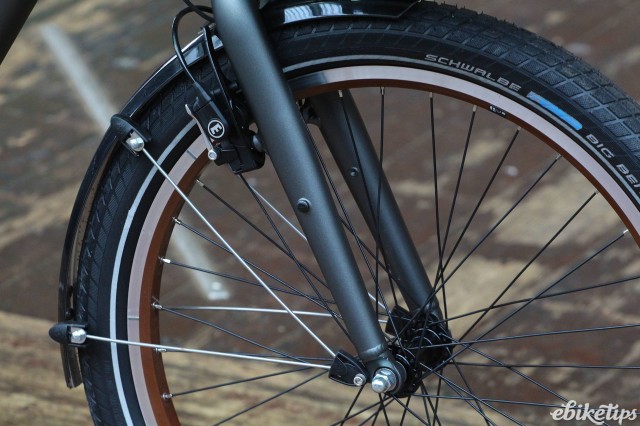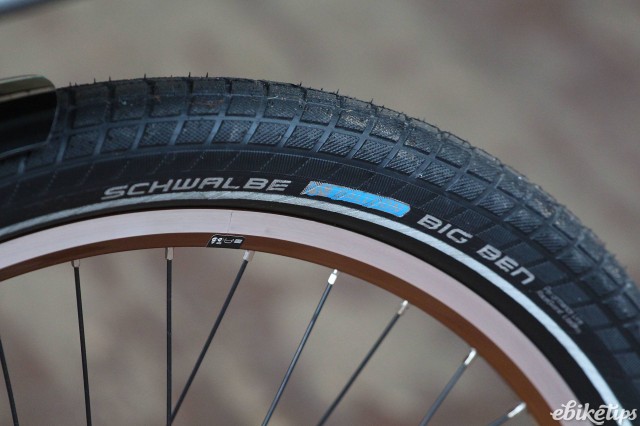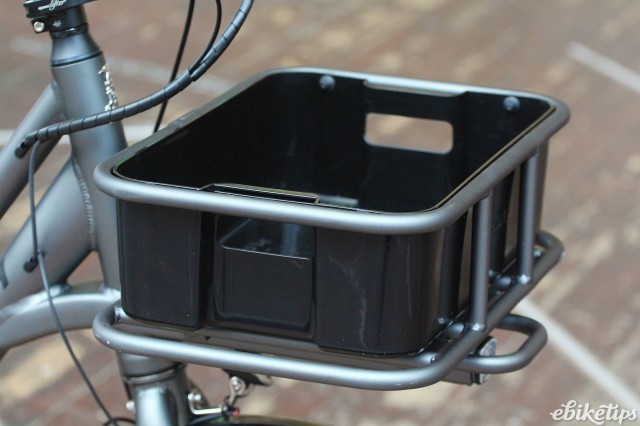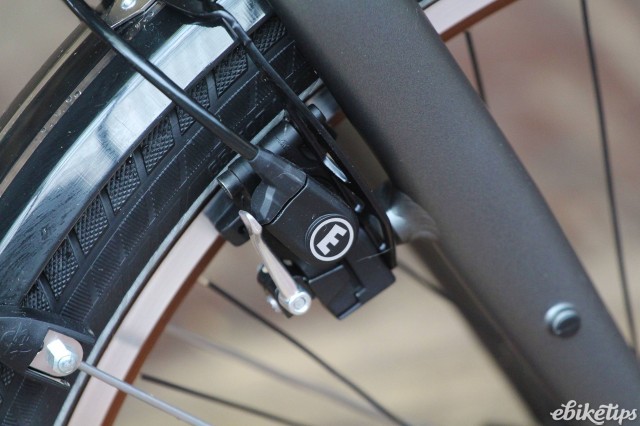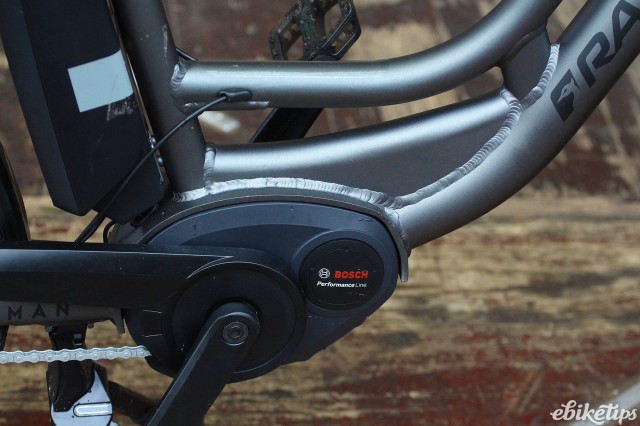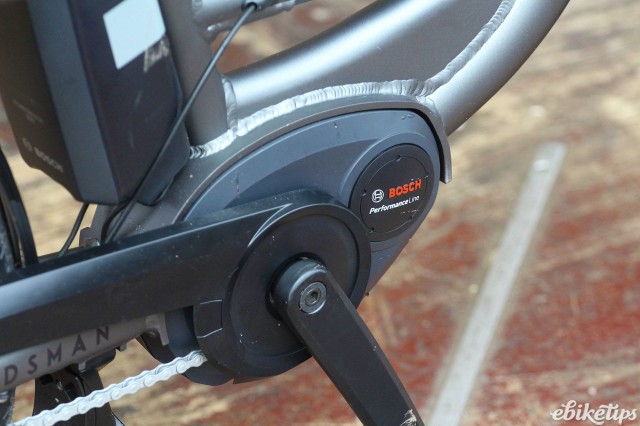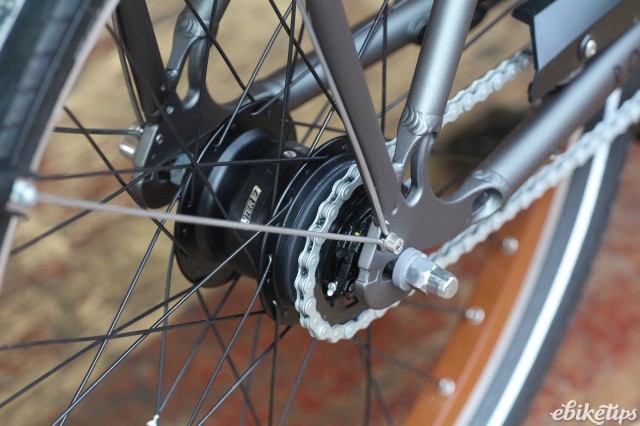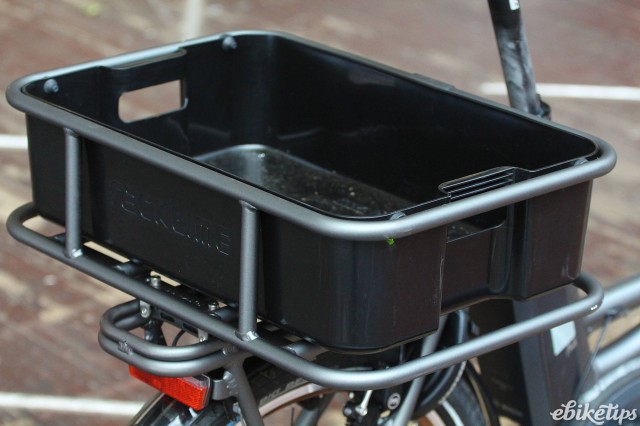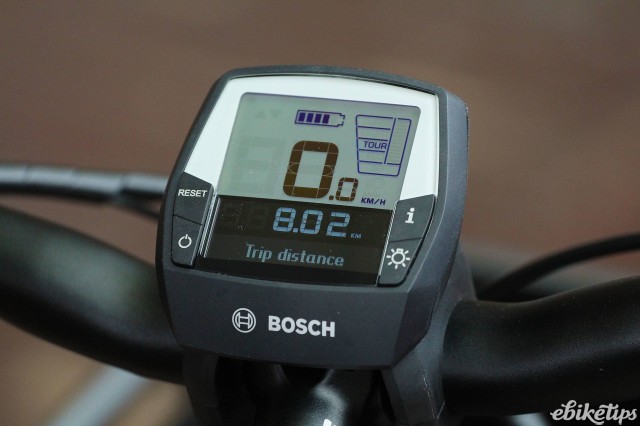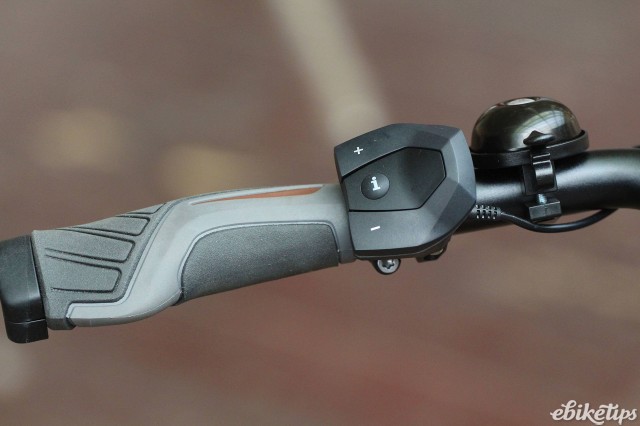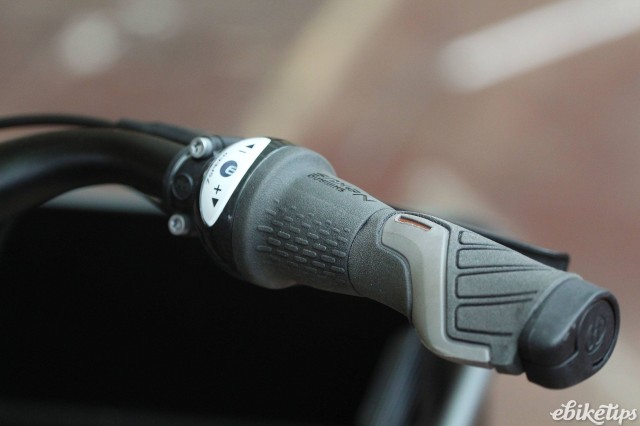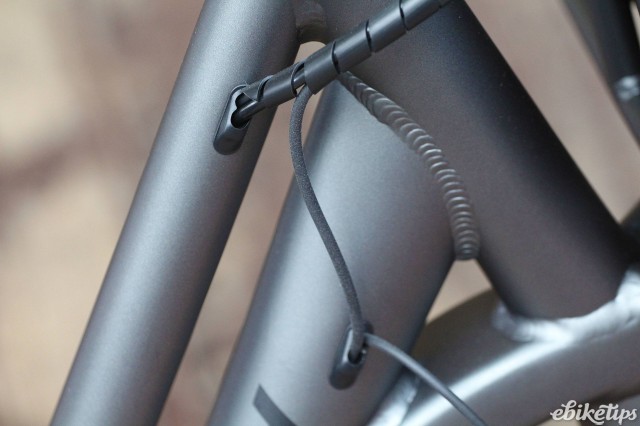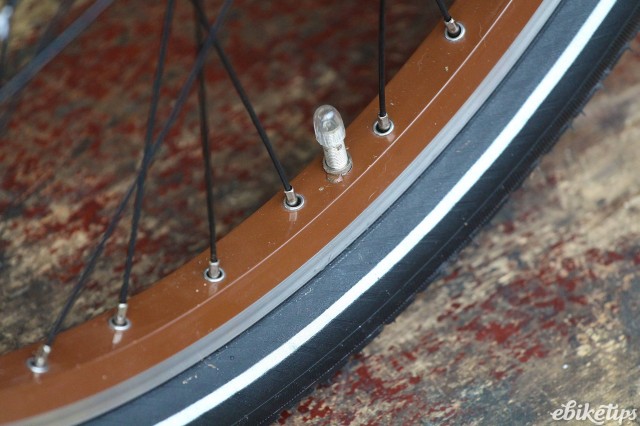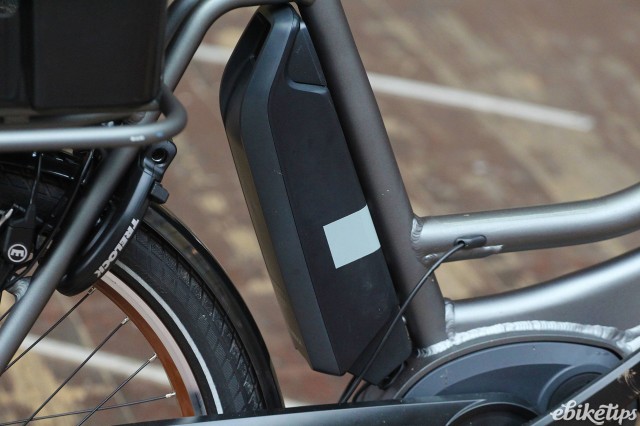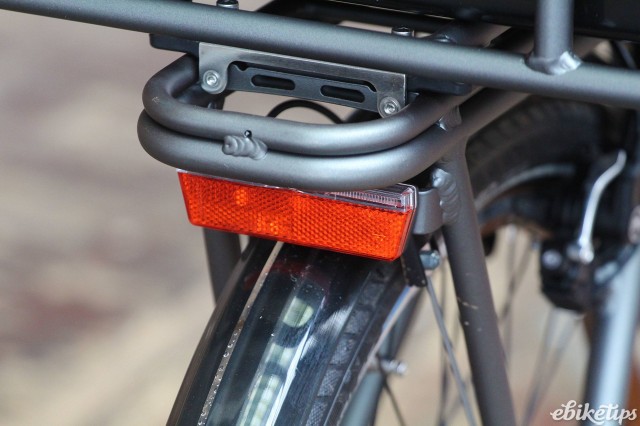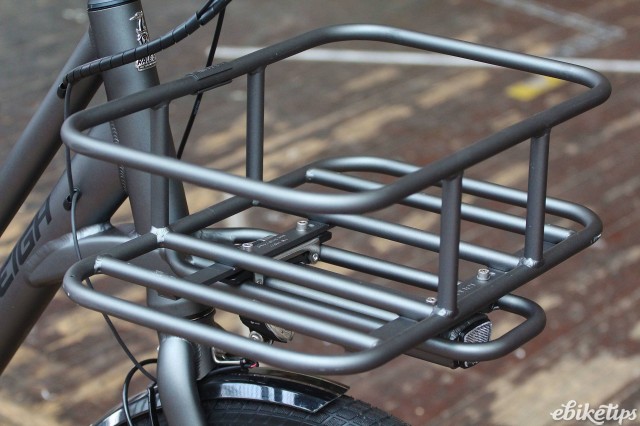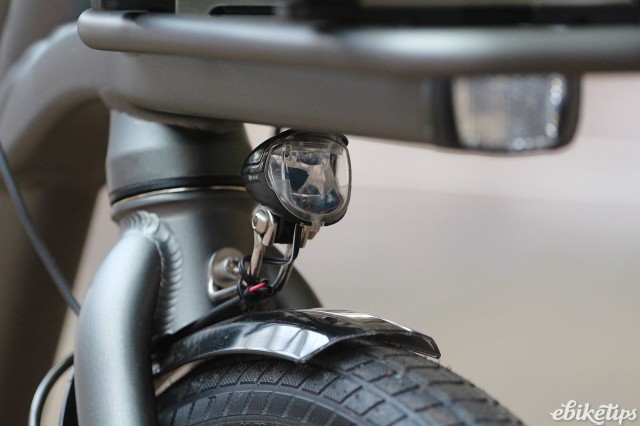Winora eLoad / Raleigh Roundsman
Overview
- Effective and durable Bosch motor
- Lots of luggage capacity
- One size fits all
- Range is fairly limited
- Tyre clearance very tight around the nurse's lock
- Full chaincase would be better
This Winora eLoad is ace. If you want some wheels for general bimbling and carrying, then it's easy to recommend. It's the kind of bike that could easily replace a second car in many family setups.
First things first: if you're wondering why we're talking about a Winora and the bike clearly says Raleigh on the side, that's because the bike already exists as a Winora on the continent (Raleigh and Winora are part of the same group of companies) and for 2016 the bike will be coming in to the UK in Winora livery; our test bike is badged up as a Raleigh and from 2017 you'll likely be able to buy one like that in the shops too, as the Roundsman: that's a Raleigh bike name that's been around since the 1950s. It's the same bike, either way.
The eLoad is built around a very sturdy alloy step-through frame with a matching rigid fork. Onto that is bolted a Bosch Intuvia drive system, mated with a Nexus 7-speed hub, and plenty of carrying capacity in the form of a big metal basket to the front and the rear, both with a removable plastic crate inside. The baskets are removeable if you want to run normal panniers, and the RackTime standard they use means other fixings such as baskets or a rear child carrier adaptor are also available. The front rack is attached to the frame rather than the fork, so loading up the front crate with 12 bottles of wine (just a hypothetical example, you understand) or a drunk friend after a night of poker (also hypothetical, obviously) doesn't really affect the bike's steering response. That much. Although a drunk friend in each basket would probably make it a bit unweildy, especially if you'd had a few as well. Hypothetically.
The eLoad is supremely practical in nearly every way. It has a sturdy double kickstand to keep it steady while you're loading it up with shopping, and a frame-mounted lock so you can keep it secure while you pop into shops. The Schwalbe Big Ben tyres on the 24" wheels roll well, give plenty of cushioning and are sturdy enough to shrug off intrusions from road debris. There's full mudguards too, so you don't get soaked by wheel spray when it's tipping down. The Busch and Muller front and rear lights are wired into the motor system so you can turn them on and off from the head unit. And the Magura HS11 hydraulic rim brakes (a continental favourite) do a great job of stopping the 30kg heft of the eLoad in short order, although the pads aren't especially long-lived. The Nexus hub gear gives a wide enough range of gears for pretty much anything this bike is likely to do and the gears are biased towards low speed as well, so there's plenty of climbing ratios.
The frame and riding position mean that the one size that's available is workable for anyone from about five feet upwards, although reach could be an issue if you're small enough to have the seat right down. If you're at the other end of the scale there was plenty of seatpost for my 1.89m frame and the height-adjustable bars mean it's easy to tailor your position. The swept bars and well-padded saddle and grips give the bike a leisurely feel, but it's still well balanced and precise in the turn, with no problematic flex front to rear. That can be a problem in step-through frames but there's plenty of material in this one, and the low step-over makes it easy to get on board even when the bike is loaded up.
The Bosch Intuvia system is one of the best ways of adding power to a bike. It's a fully-enclosed bottom bracket unit, with the torque sensor and drive motor all contained within one housing. The only external bits are the battery (mounted on the down tube), the bar-mounted head unit and a speed sensor on the rear wheel, and all the cabling on the eLoad is very tidy with most of the runs internal.
You get four levels of assist on the Bosch system and a nominal 250W of extra power is available. The Eco and Tour modes are great for rolling around on the flat, while the Sport and Turbo modes are great for getting up the hills or getting a fast start from the lights. There's a remote attached to the head unit which allows you to change modes without letting go of the bars, and also lets you cycle through the available information on the head unit. It always displays speed, and there's a grpahical battery level indicator, and then a field which can display average speed, trip distance, total distance and range. Mostly I had it on range.
The best thing about the Bosch system is the way it applies power. It's seamless, almost unnoticable in Eco and Tour modes. Unlike cheaper systems which can sturggle with steeper or longer climbs the Intuvia motor is brilliant: stick the Nexus hub into first gear and the motor into turbo mode and you can spin up pretty much anything without breaking a sweat. My commute home takes in a 3km hill at an average of about 5%, with the steepest section around 13%. It's a good test of any e-bike's ability to cope with some hard graft and the Winora passed with flying colours.
This is a heavy bike, and I was loading up with stuff and riding it up the not-incosequential hills of Bath. Even so, the range was pretty decent. If you're doing a mix of flat and hills you can expect to get maybe 50km from a full charge; if you're heavy on the higher assist modes and mostly riding up hills you'll get a fair bit less than that. It's probably not the kind of e-bike you're going to choose for something like a longer-distance commute, it's more of a city workhorse and as such the range is fine. I was using it for a shortish commute up and down a sizeable hill, and was getting a working week's worth of range from it, although the actual distance it was covering wasn't much over 30km before it needed filling back up. The battery is removable and you can charge it to full overnight, or over the course of a working day.
Any downsides? Well it's a big bike, and heavy. That means it's not one you'll want to regularly manhandle indoors, or up any stairs. For the most part I kept it locked up outside under a cover, because even getting it in and out of the shed was a bit of a chore. If you don't have anywhere to keep it other than the hall in your second-floor flat, it's probably not the bike for you; ideally you want a garage or a big shed, or a secure outside space. The only other issue was that the clearance of the tyre around the nurse's lock was very tight, leading to a bit of rubbing when a pothole knocked the rear wheel slightly out of true. But I'm picking hairs there, really.
Overall, if you're looking for a bike that's more like a second vehicle, this is a brilliant bit of kit. It's easy and fun to ride, it can carry a week's worth of shopping and carry that shopping, and you, back home with minimal effort. The motor is high quality and performs flawlessly and the whole bike is sensibly specced and built to last. I really miss it now I've had to give it back.
£2,300 is a fair wedge, no doubt. But if having a bike like this in the garage means you don't have to run a second car, it'll pay for itself in a couple of years or less. Maintenance is pretty minimal and it costs about 15p a week in electricity to run. Every home should have one; if every home did, the UK would be a much nicer place to live.
